Sighișoara: Uncovering the Legends of Transylvania's Historic Jewel
In the heart of Romania, Sighișoara is a town where history breathes through every cobblestone, where legends linger in the air, and where time seems to slow down. A visit here is not just a journey through a beautifully preserved medieval town, but a step into the myths and stories that have shaped Transylvania’s rich heritage. Let’s embark on a journey to uncover the secrets of Sighișoara, one of Europe’s last inhabited medieval citadels.
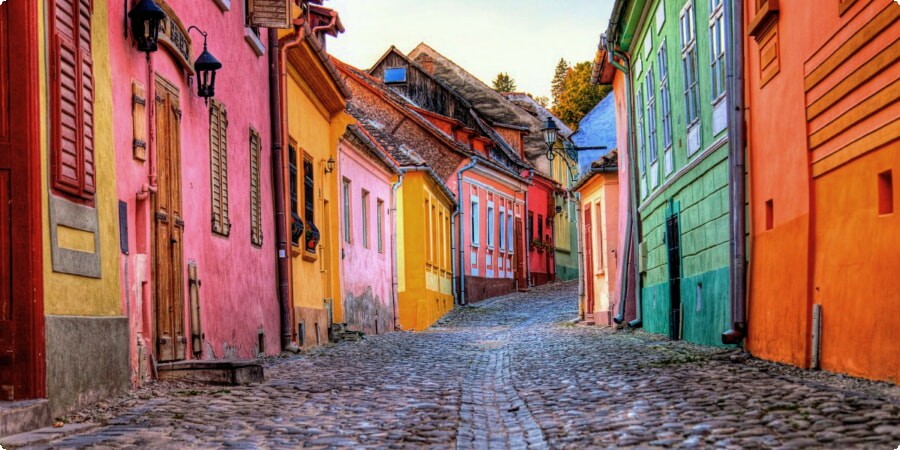
A Walk Through History: The Birthplace of Vlad the Impaler
Sighișoara is perhaps most famously known as the birthplace of Vlad the Impaler, the historical figure who inspired Bram Stoker's Dracula. Born in 1431 in a modest house within the citadel, Vlad III, also known as Vlad Dracul, is a figure shrouded in legend and mystery. The Vlad Dracul House, now a popular restaurant, stands as a testament to his legacy. As you explore this ancient building, it’s easy to imagine the young Vlad wandering these very streets, long before he became the infamous ruler of Wallachia.

For history enthusiasts, understanding Vlad’s connection to Sighișoara is crucial to appreciating the town’s significance. A visit to his birthplace offers a glimpse into the life of one of history’s most enigmatic characters. Dive deeper into the legend by exploring the town with a professional guide who can bring the stories to life with vivid detail. For those interested, professional excursions focusing on the culture and history of Sighișoara are highly recommended here.
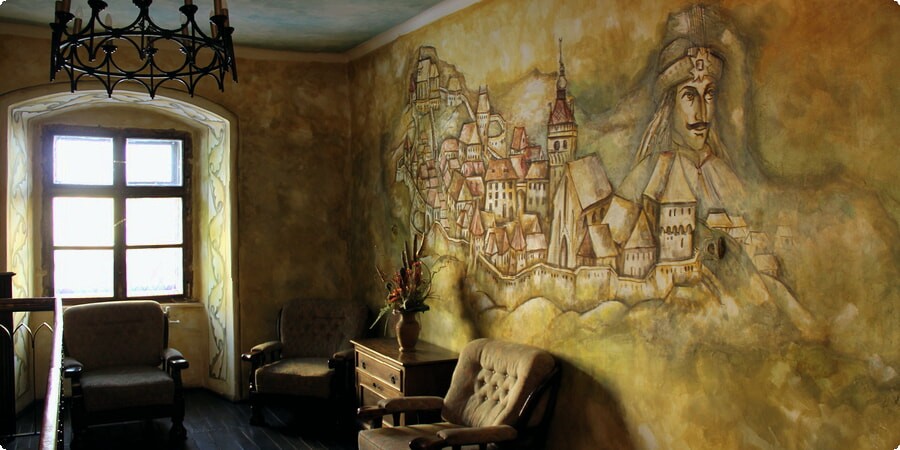
The Citadel: A Living Medieval Museum
The heart of Sighișoara is undoubtedly its Citadel, a UNESCO World Heritage site that has withstood the test of time. Surrounded by fortified walls, this hilltop fortress is a living museum where medieval architecture and vibrant history coexist. The Clock Tower, a stunning 14th-century structure, dominates the skyline. Once serving as the main entrance to the citadel, the tower now houses a museum where you can learn about the town’s history while enjoying panoramic views of the surrounding landscape.
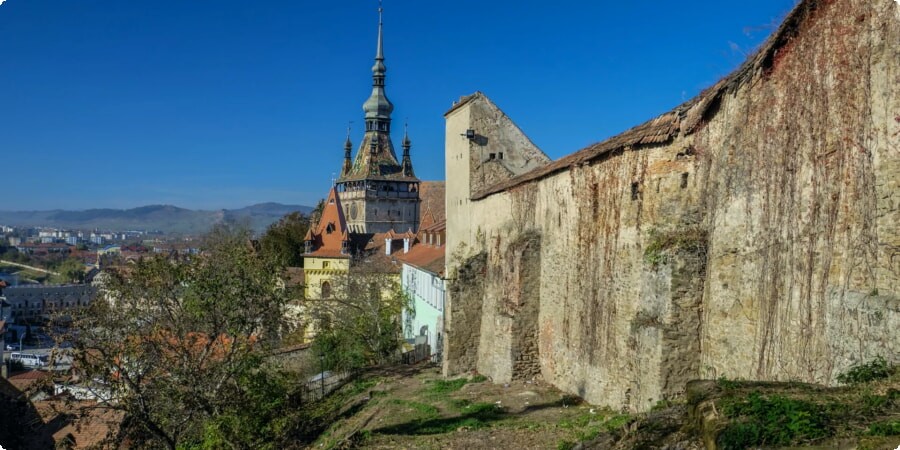
Another must-visit is the Covered Staircase, or Scara Școlarilor, a wooden passageway built in 1642. This tunnel-like structure was designed to protect schoolchildren from the elements as they made their way up to the Church on the Hill. This Gothic-style church, dating back to the 14th century, is an architectural gem. Its interior is adorned with frescoes, and the view from the churchyard over the red-tiled roofs of Sighișoara is nothing short of breathtaking. You can find the exact location of the Clock Tower and Covered Staircase on Google Maps.
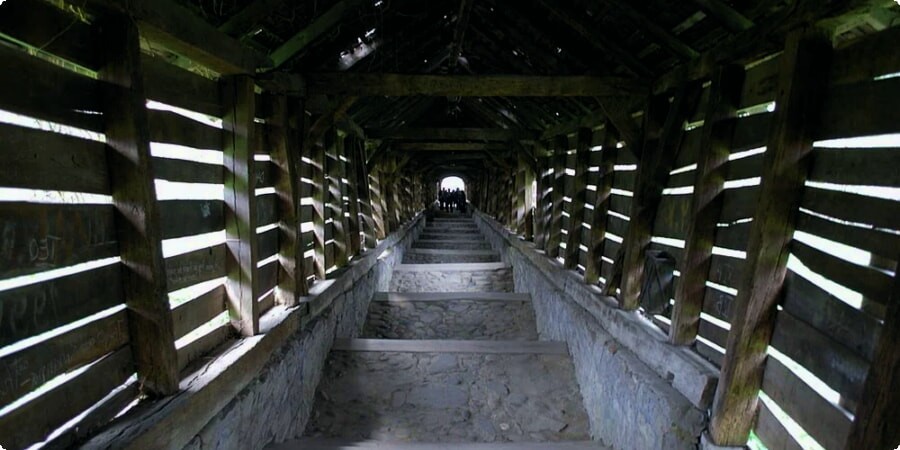
Churches and Chapels: Spiritual Heritage in Stone
Sighișoara’s churches are more than just places of worship; they are monuments to the town’s spiritual and cultural history. The Church on the Hill, as mentioned earlier, is a must-see. It is the largest and most significant church in Sighișoara, known for its beautiful frescoes, elaborate altar, and a crypt with gravestones dating back centuries.
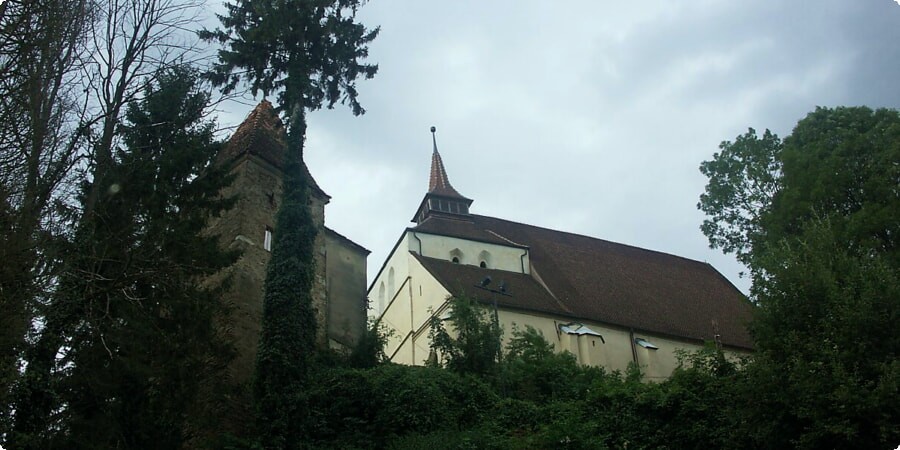
Another noteworthy site is the Monastery Church, a former Dominican monastery that now serves as a Lutheran church. The church’s simple exterior contrasts with its richly decorated interior, where you can find a baroque organ and an impressive collection of Oriental carpets. These carpets were brought back by Saxon merchants as tokens of their successful trading voyages. Exploring these churches gives insight into the religious and cultural fabric that has shaped Sighișoara over the centuries.
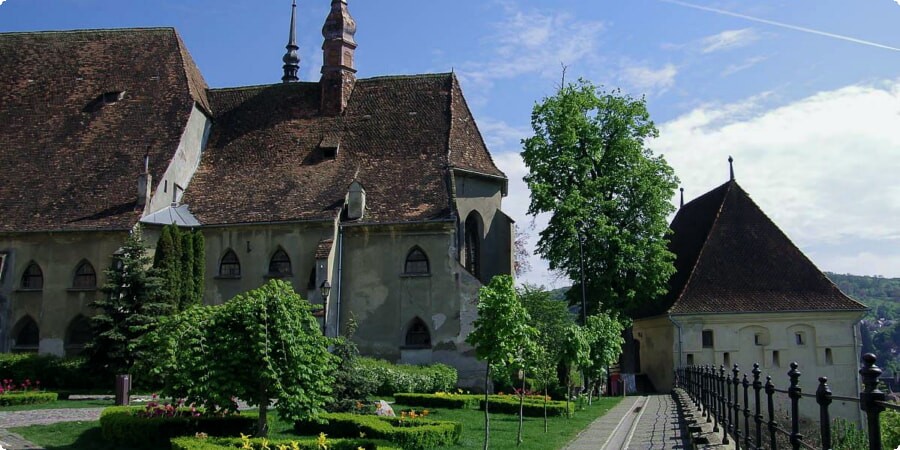
Legends and Myths: Stories That Shaped Sighișoara
Every corner of Sighișoara is steeped in legend. One of the most enduring tales is that of the headless horseman, said to haunt the streets on moonlit nights. Locals speak of ghostly apparitions, eerie sounds, and unexplained phenomena that have given Sighișoara a reputation as one of Transylvania’s most haunted places.
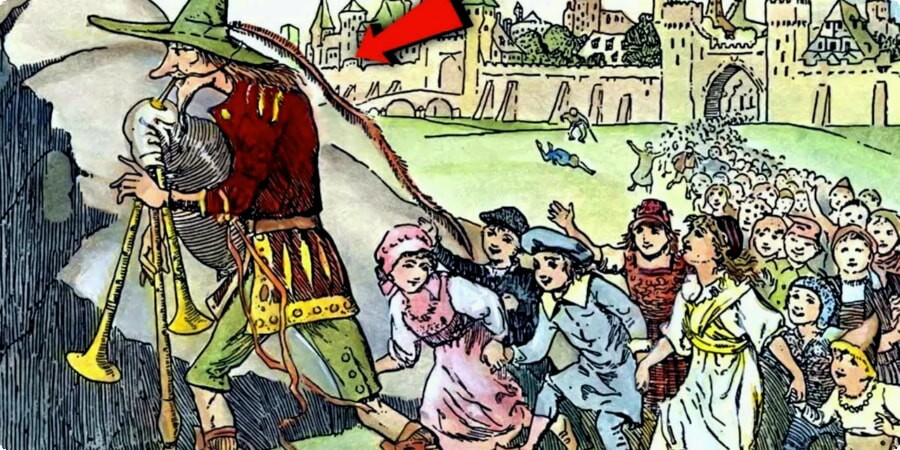
Beyond ghost stories, Sighișoara is also rich in folklore. The town’s Saxon heritage is alive in the myths passed down through generations. For instance, the legend of the Pied Piper of Hamelin is said to have connections to Sighișoara, where the children of Hamelin were supposedly brought. Whether you believe in these tales or not, they add an undeniable charm and mystique to this medieval town.
Artisan Shops and Cobblestone Streets: A Step Back in Time
Strolling through Sighișoara’s narrow, winding streets is like stepping back in time. The cobblestones underfoot, the colorful facades of the houses, and the quaint shops selling local crafts all contribute to the town’s enchanting atmosphere. In these small shops, you can find handmade jewelry, pottery, and textiles that reflect the region’s rich cultural heritage.
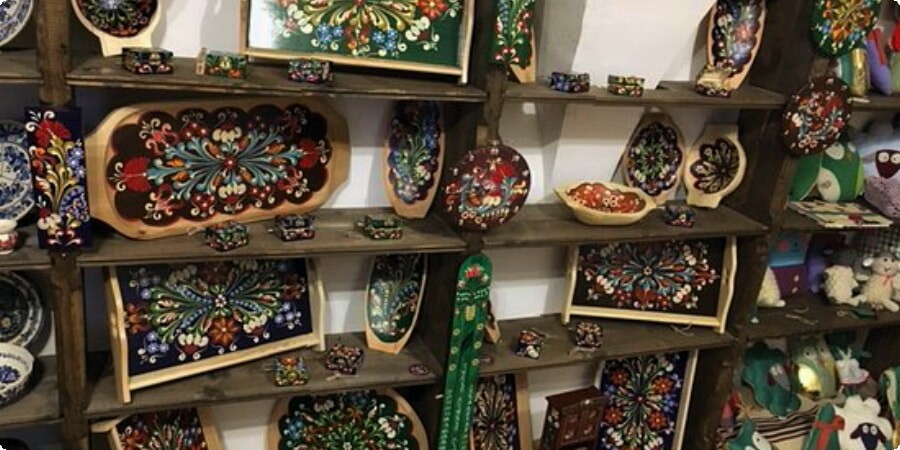
Don’t miss the chance to visit the local market, where you can find fresh produce, homemade cheeses, and traditional Romanian sweets. The market is a great place to interact with locals and experience the daily rhythm of life in Sighișoara. For those who enjoy photography, every corner of this town offers a picture-perfect moment, with its vibrant colors and medieval charm.

Beyond the Citadel: Sighișoara’s Enchanting Surroundings
While Sighișoara itself is a treasure trove of history and culture, its surroundings are equally captivating. The Saxon villages of Biertan and Viscri, both UNESCO World Heritage sites, are just a short drive away and offer a glimpse into rural Transylvanian life. Biertan is particularly famous for its fortified church, one of the largest and most impressive in Transylvania. The church’s imposing towers and defensive walls make it feel like a fortress rather than a place of worship.
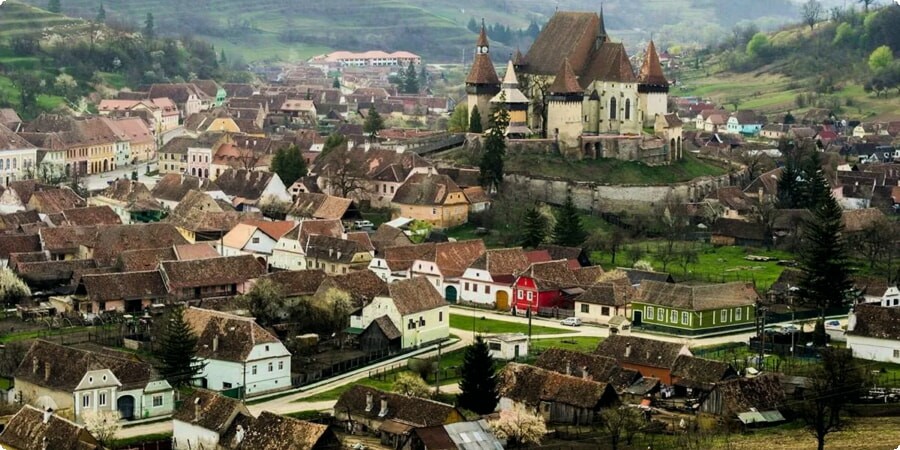
Viscri, meanwhile, is known for its beautifully preserved houses and its association with Prince Charles, who has a strong connection to the area. Exploring these villages offers a serene escape from the busier streets of Sighișoara and provides a deeper understanding of the region’s Saxon heritage. For an immersive experience, consider joining a day trip from Sighișoara with professional local guides, which you can find here.
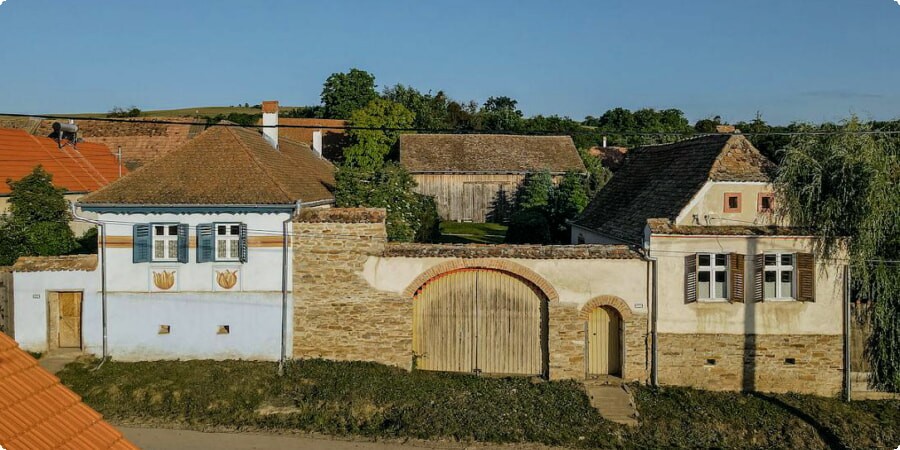
Culinary Adventures: Taste the Flavors of Transylvania
No visit to Sighișoara is complete without indulging in the local cuisine. Transylvanian food is a delightful blend of Romanian, Hungarian, and Saxon influences, with hearty dishes that reflect the region’s agricultural traditions. Start your culinary journey with ciorbă de burtă, a tangy tripe soup flavored with garlic and vinegar, or mămăligă cu brânză și smântână, a comforting dish of polenta served with cheese and sour cream.

For main courses, try sarmale, cabbage rolls stuffed with minced meat and rice, or tocană, a rich stew made with beef, pork, or lamb. Finish your meal with papanasi, Romanian doughnuts served with sour cream and jam. Sighișoara is home to several charming restaurants where you can savor these traditional dishes while soaking in the medieval ambiance. Be sure to check out the location of these eateries on Google Maps.

The enduring allure of Sighișoara lies not just in its well-preserved architecture and fascinating history, but in the stories that continue to live on in the hearts and minds of its people. Whether you’re wandering through its ancient streets, listening to local legends, or simply enjoying a meal in one of its cozy restaurants, Sighișoara offers a journey into a world where the past is never far from the present.
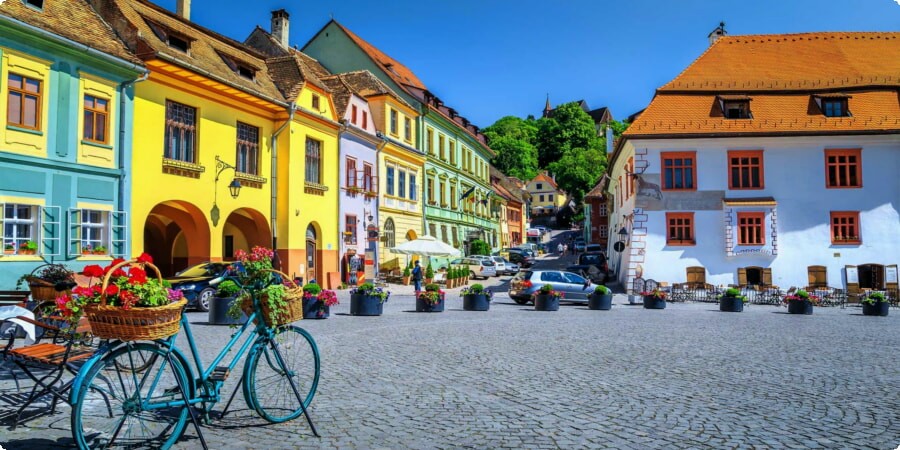
This town is more than just a destination; it’s an experience that invites you to become part of its ongoing story.